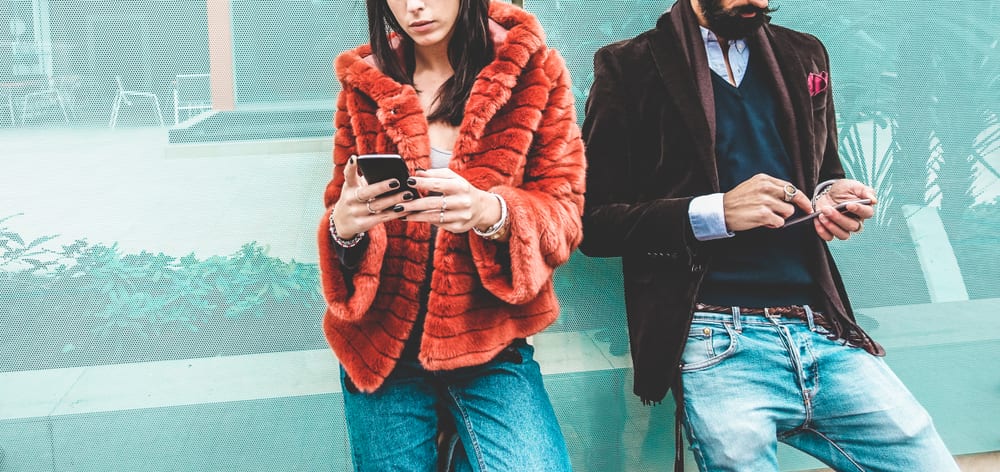7 Micro-Influencer Trends for 2020
By: Sophie Maerowitz
December 5, 2019
By now, your brand has likely moved beyond the narrow definition of an “influencer” as a celebrity personality with millions of followers. Assuming your organization is engaged in influencer marketing at all, you likely have begun to leverage micro-influence—followings in niche areas relevant to your target audience.
Influencer marketing platform SocialPubli has released a study after surveying nearly 3,000 micro-influencers (here, defined as influencers with less than 10,000 followers) across Europe, North and South America. The micro-influencers surveyed create content for industries including fashion, food, beauty, travel and fitness. Respondents weighed in on their top platforms, shared their criteria for partnering with brands and offered up their predictions and biggest challenges.
Here are some of the study’s top findings (the full report can be downloaded here.)
Micro-influencers are looking for a paycheck. While some micro-influencers surveyed accept quid pro quo arrangements such as free products or exclusive event access, the majority—61.2 percent—prefer monetary compensation.
Alignment and relevance matter. When deciding whether to partner with a brand, 70.9 percent of respondents said that the brand’s values must be aligned with their own values as well as those of their audience. Similarly, 58.2 percent said the brand’s products must be relevant to their followers. In short, while micro-influencers want to be fairly compensated, they are unlikely to accept compensation in exchange for compromising their personal brand.
Instagram is micro-influencers’ branded platform of choice. 75.9 percent of those surveyed said Instagram was their top channel for brand collaborations. Twitter came in second at 9.5 percent, followed by Facebook (8.5 percent), YouTube (3.9 percent) and “Other” (2.2 percent). Surprisingly, Snapchat didn’t take one of the top spots—it was second-to last among the platforms that comprised the “Other” category (in order: LinkedIn, TikTok, Blog, Pinterest, Snapchat and Twitch TV).
Reach is micro-influencers’ top KPI. It might make ROI-focused marketers might cringe to know that most micro-influencers are measuring success of their campaigns based on reach (64.66 percent), with only 25.07 percent closely watching conversion rates. Still, some micro-influencers reported that they also monitor new followers for the brand, improved brand sentiment and traffic to the brand’s website.
Micro-influencers see buying followers as taboo. While some of their macro-influencer peers have gotten a bad rap for purchasing millions of followers, micro-influencers know from experience that it is much harder to fake a few thousand engaged accounts. Seeing as micro-influencers tend to be selected by brand partners based on meaningful engagements (shares, comments, clickthroughs, etc.), it makes sense that 85.42 percent of those surveyed consider purchasing fake followers to be unethical.
Instagram Stories will continue to grow. In the next six to 12 months, respondents predict Instagram Stories will be the biggest opportunity for brand collaborations, with Instagram posts and IGTV taking the second and third spots.
Breaking through the noise is micro-influencers’ greatest worry. 47.9 percent of those surveyed said that ensuring visibility of content is a challenge due to frequent social media algorithm changes. 11.1 percent see fraud and lack of transparency as the biggest challenge to their work.
Follow Sophie: @SophieMaerowitz


